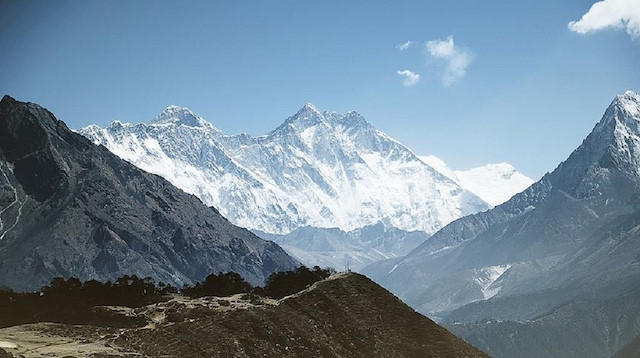
Roughly two-thirds of glaciers in region at risk of melting by 2100 unless climate change reversed
About two-thirds of the glaciers in the Hindu Kush Himalaya mountain range are at risk of melting by 2100 unless carbon emission-fueled climate change is reversed, according to new report published Monday.
Even if the landmark Paris Agreement's goal of limiting climate change to a 1.5 degree celsius gain is realized, one-third of the region's glaciers would disappear, the Hindu Kush Himalaya Assessment warns.
The Hindu Kush Himalaya region is commonly known as the world's "third pole" for its vast ice fields. It is a vital water source for 250 million people living in the mountain range, as well as 1.65 million others who dwell downriver.
"This is the climate crisis you haven’t heard of," Philippus Wester of the Nepal-based International Centre for Integrated Mountain Development (ICIMOD), who led the report, said in a statement accompanying its release.
"Global warming is on track to transform the frigid, glacier-covered mountain peaks of the HKH cutting across eight countries to bare rocks in a little less than a century," he said using an acronym for the region.
The study warns environmental impacts will include worsened air quality and a jump in extreme weather event, but the greatest impacts will be on river flows and changes in the monsoon weather system that brings torrential downpours.
The Hindu Kush Himalaya's glaciers feed 10 of the world’s most important river systems, including the Ganges, Indus, Irrawaddy, Mekong and Yellow rivers.
Eklabya Sharma, the deputy director general of the center that issued the report, warned of "rocky times ahead for the region.
"Between now and 2080, the environmental economic and social conditions laid out in the report could go downhill," she said in a statement.
"Because many of the disasters and sudden changes will play out across country borders, conflict among the region’s countries could easily flare up. But the future doesn’t have to be bleak if governments work together to turn the tide against melting glaciers and the myriad impacts they unleash," Sharma added.





